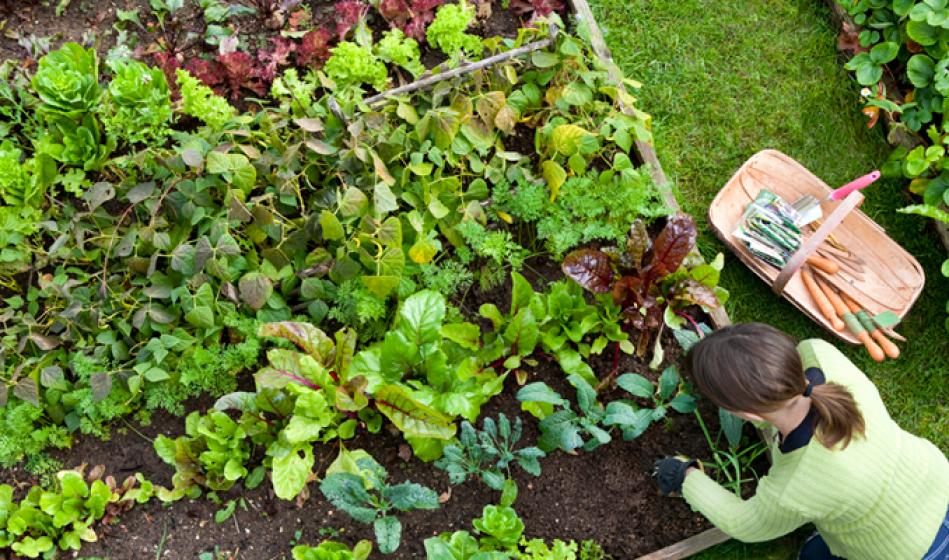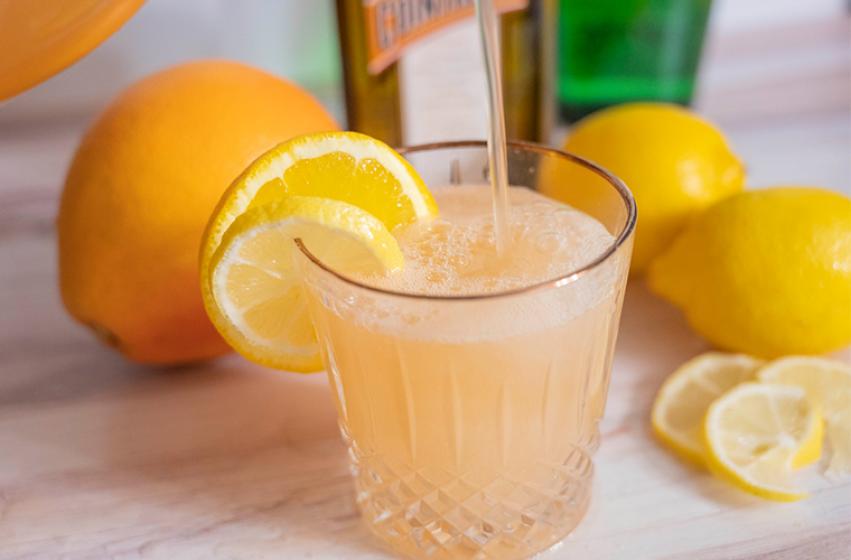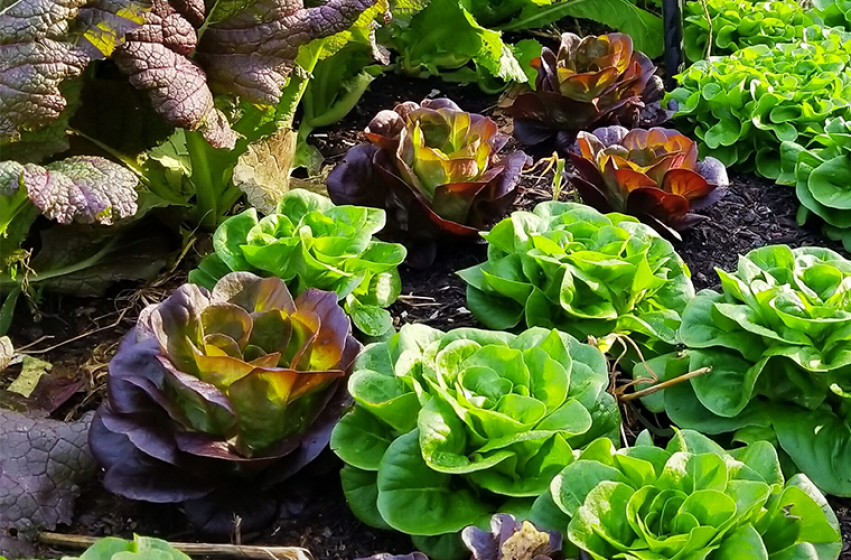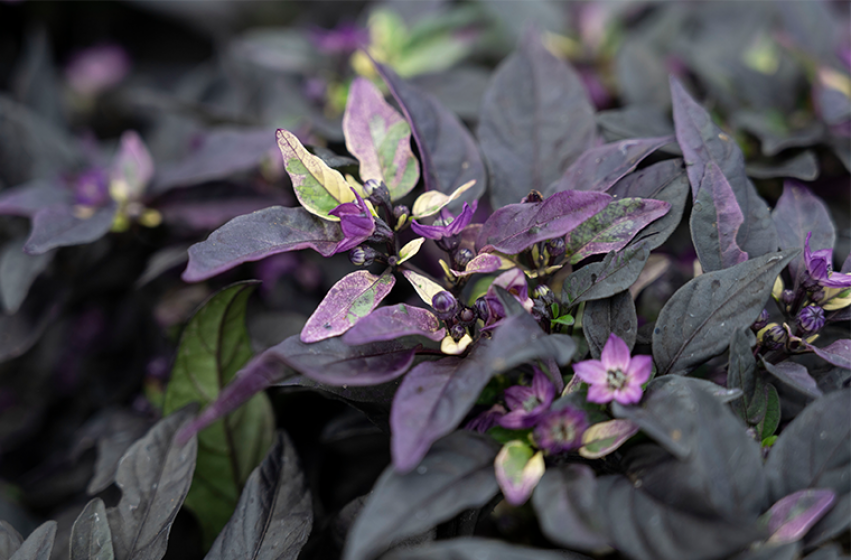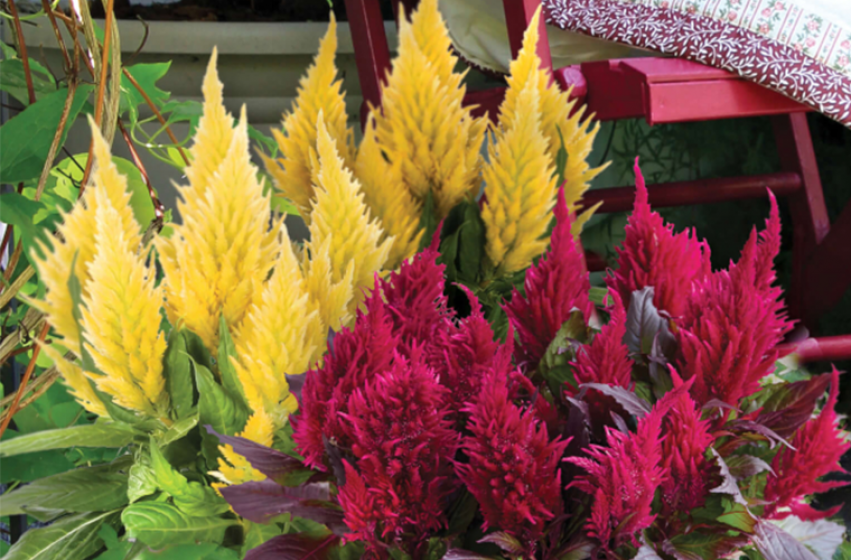Did you know fall is the perfect time get a delicious veggie garden going? In fact, cooler temperatures make this a great time to plant these crops -- many are even tastier and sweeter harvested after a light frost. If you've never grown fall veggies before, we recommend a crop of leaf lettuce, kale, swiss chard and spinach. These easy to grow plants are great for small spaces like a pallet garden and can often be harvested over many weeks.
Make the season a little sweeter with a glass of Citrus Clair de Lune (translated citrus moonlight), a fresh and fragrant concoction, prepared by our own Chef Manu. The blend of sweetness and tart complement each other beautifully, with the decadence of Cointreau and Perrier balanced with a fruity combo of lemon, orange and tangy grapefruit. Cheers!
Cuisine de Jardin with Chef Manu - Citrus Clair de Lune, Citrus Moonlight Cocktail Ingredients
As the summer gardening season comes to a close, it’s the perfect time to get your fall vegetable garden growing. Garden Guru, Mike Westphal, shares all his fall gardening tips to help you fill your table with plenty of nutritional, homegrown goodness long beyond the heat of summer.
Check out the video with Garden Guru, Mike Westphal, to learn more about fall vegetable gardening.
When it comes to plants that are “growing” in popularity, ornamental peppers have become the hottest thing going. They provide massive color, texture and variety everywhere and anywhere - in flowerbeds, potted planters, hanging baskets, containers, and yes, in the vegetable garden too! They can handle heat and drought and are hardly bothered by pests at all. And if all of that wasn’t enough, many varieties are edible as well, although most not particularly tasteful (the fruit is either lacking in taste or too hot). Here are a few dazzling ornamental peppers for the garden:
The stunning colors and striking shapes of celosia flowers offer great versatility in the garden. This tender annual remains fearless in the heat of the summer sun and produces an abundance of blooms in dazzling red, yellow, cream, orange, rose, deep magenta, and pink. It will grow in most any type of soil - even heavy clay - as long as they are in full sun. Celosia is available in three different types plumes, crests, or spikes; simply described as plumes of jewel-colored feathers, wrinkly-looking knobs, or elongated cones.

